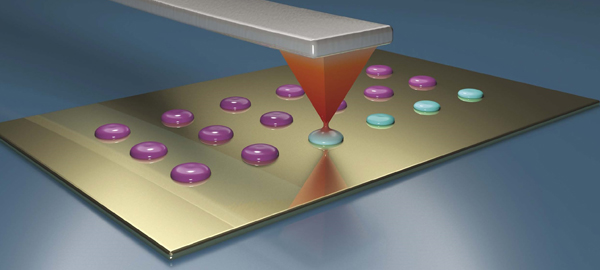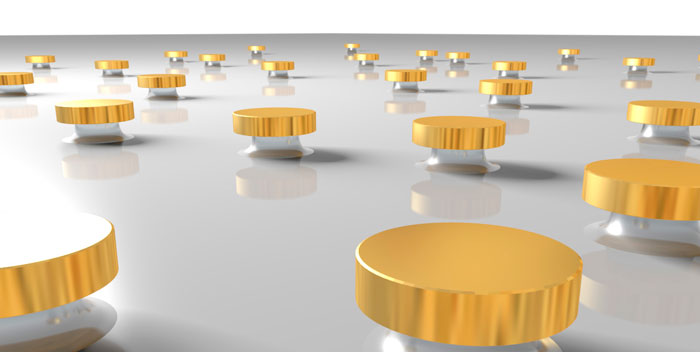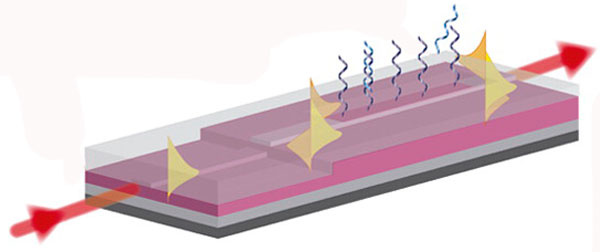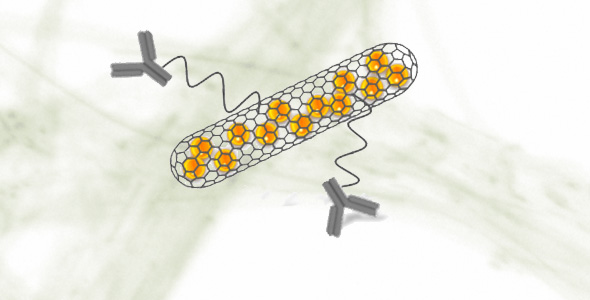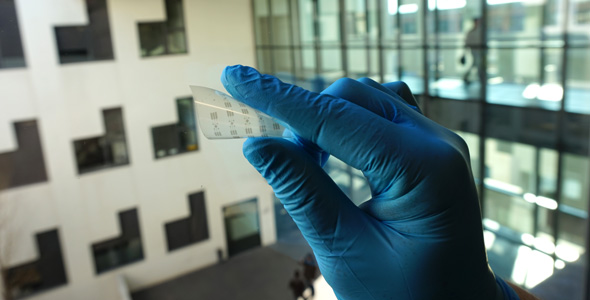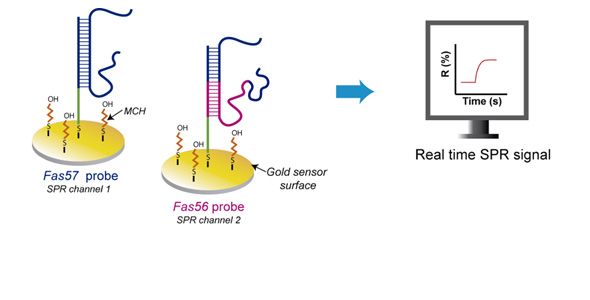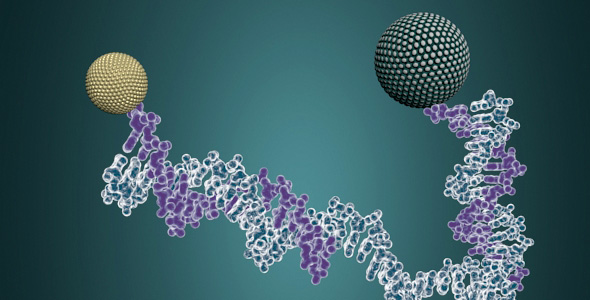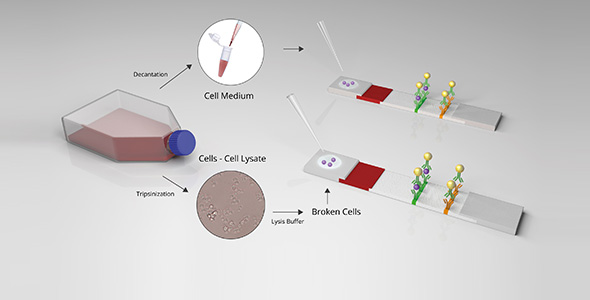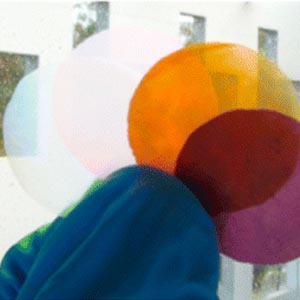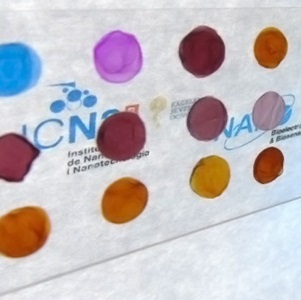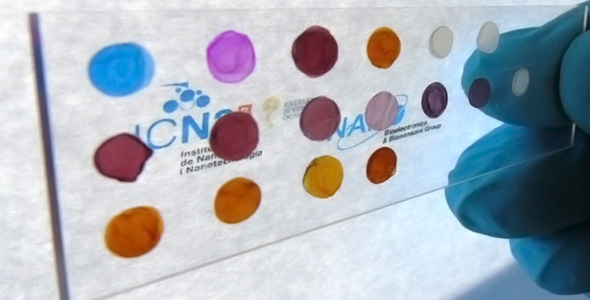Severo Ochoa Programme 2018-2022 Health NEWS
Our Partner:
https://royalreelspokies.live/ - Royal Reels Australia. Казино Вавада открывает доступ к игровой платформе через официальный сайт Vavada. Быстрая регистрация в
Вавада казино, щедрые бонусы и регулярные турниры с призовым фондом!
Wednesday, 16 November 2016
The Chemical Communications journal reviews the advances made towards the confinement of chemical reactions within small droplets. The focus of the article falls to the tip-assisted chemistry, a technique recently amended by the ICN2 Nanostructured Functional Materials Group.
Monday, 29 August 2016
The ICN2 Nanobiosensors and Bioanalytical Applications Group, led by Prof Laura M. Lechuga, proposed a nanoplasmonic biosensor for colorectal cancer autoantibody detection in an article published in Analytica Chimica Acta. There is an evident need for novel screening tools for a less invasive and more specific screening and diagnosis to fight against this cancer.
Thursday, 11 August 2016
Researchers from the ICN2 Nanobiosensors and Bioanalytical Applications Group, led by Prof Laura Lechuga, have designed a nanophotonic biosensor for ultrasensitive detection of microRNAs in complex media. Results published in ACS Sensors demonstrate that such devices can be used as an ultrasensitive and specific diagnostic tool for the prediction of diseases (such as cancer) with well-defined microRNA signatures.
Friday, 08 April 2016
ICN2 researchers from Nanobioelectronics and Bisoensors Group, led by ICREA Professor Arben Merkoçi in collaboration with researchers in Canada and Iran, report a novel sensing technology for the visual detection of volatile compounds in a piece of plasmonic nanopaper. Their results have been just published in Nanoscale.
Thursday, 03 March 2016
Researchers from the Materials Science Institute of Barcelona (ICMAB-CSIC) in collaboration with the Catalan Institute of Nanoscience and Nanotechnology (ICN2), the Institute of Molecular and Cellular Biology (IBMC-CNRS) and King’s College London (KCL) have developed a novel nanocarrier anti-cancer platform for the targeted delivery of radioactivity.
Friday, 05 February 2016
The ICN2 NanoBioelectronics and Biosensors Group, led by the ICREA Research Prof Arben Merkoçi, presents a versatile, low-cost and customizable method for patterning graphene oxide onto a myriad of substrates. The patented technique, published in ACS Nano, requires neither a clean room nor organic solvents. It consists of three easy steps: printing, filtering and pressing.
Tuesday, 22 December 2015
Deregulated alternative splicing patterns could be considered as a hallmark of cancer. A recent paper in Biosensors and Bioelectronics reports a simple and robust technology using a Surface Plasmon Resonance (SPR) biosensor for label-free monitoring of alternative splicing events in real-time. The work was led by the ICN2 Nanobiosensors and Bioanalytical Applications Group in collaboration with the CRG.
Wednesday, 25 November 2015
In an article published in Small, researchers successfully applied a new qualitative and quantitative method for the detection of a DNA sequence characteristic of Leishmania infantum kinetoplast, a frequent parasite in veterinary that affects humans too. The work was led from the Catalan Institute of Nanoscience and Nanotechnology (ICN2) and the Spin Off company Vetgenomics.
Tuesday, 10 November 2015
Parathyroid Hormone-like Hormone is a relevant protein in the biology and treatment of several malignancies. A work in Nanomedicine, headed by Nanobioelectronics & Biosensors Group led by Prof. Arben Merkoci from the Institut Catala de Nanociencia i Nanotecnologia (ICN2) and by Dr. Carmen de Torres Gomez-Pallete group from the Fundació and Hospital Sant Joan de Déu, describes for the first time the application of lateral-flow immunoassays for the detection of this protein taking advantage of paper based nanobiosensors properties.
Wednesday, 26 August 2015
An international team led by the ICREA Prof Arben Merkoci reported in ACS Nano new sensing platforms based on bacterial cellulose nanopaper. The Nature Nanotechnology journal selected this work in its Research Highlights section of the August issue.
Friday, 24 July 2015
The recent article about using nanopaper as an optical sensor platform published in ACS Nano has attracted the attention of the press. Some of the most relevant newspapers and radio stations of the country have covered, or will do, the research led by ICREA Prof Arben Merkoci where the potential and the outstanding properties of nanocellulose for sensing applications are highlighted.
Thursday, 23 July 2015
An international team led by the ICREA Prof Arben Merkoci has just developed new sensing platforms based on bacterial cellulose nanopaper. These novel platforms are simple, low cost and easy to produce and present outstanding properties that make them ideal for optical (bio)sensing applications. The results have been reported in ACS Nano.
Thursday, 04 June 2015
For the first time liposomes that imitate cells in the process of natural death have been used to treat Diabetes. Researchers generated liposomes in collaboration with professionals from the ICN2. PLOS ONE Journal publishes the work today. The next steps are to confirm the efficacy in vivo with cells from patients and to carry out clinical trials to prevent the disease and to cure it.
Monday, 27 April 2015
ICN2 Electron Microscopy Division, led by Dr Belén Ballesteros, has participated in a research which studies the interaction of carbon nanotubes with an in vitro blood-brain barrier model and a mouse brain in vivo. The results of the study have been published in Biomaterials.
